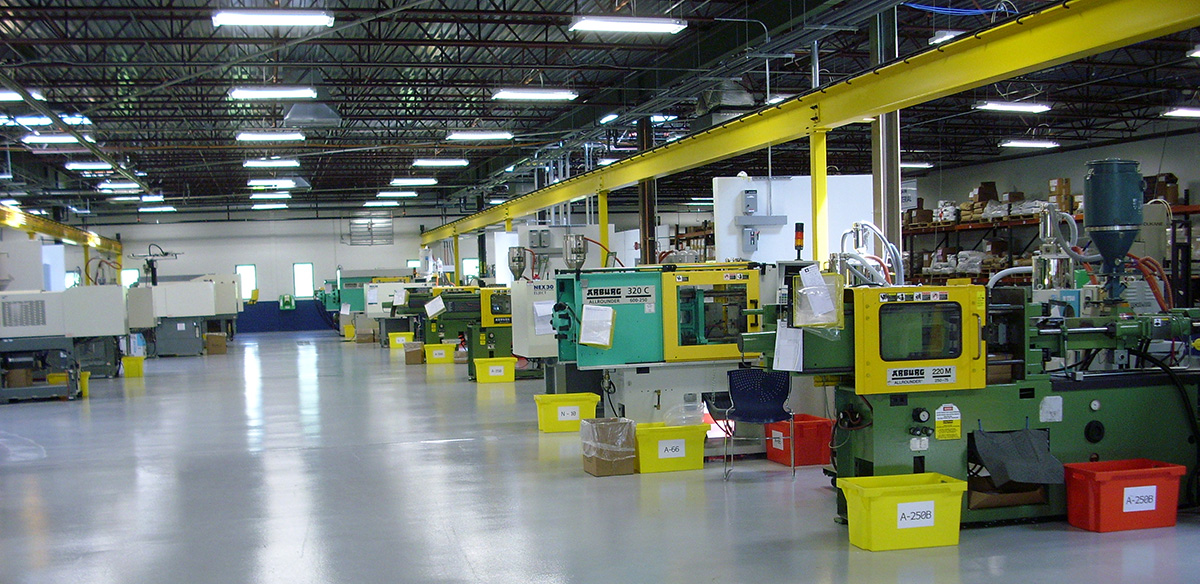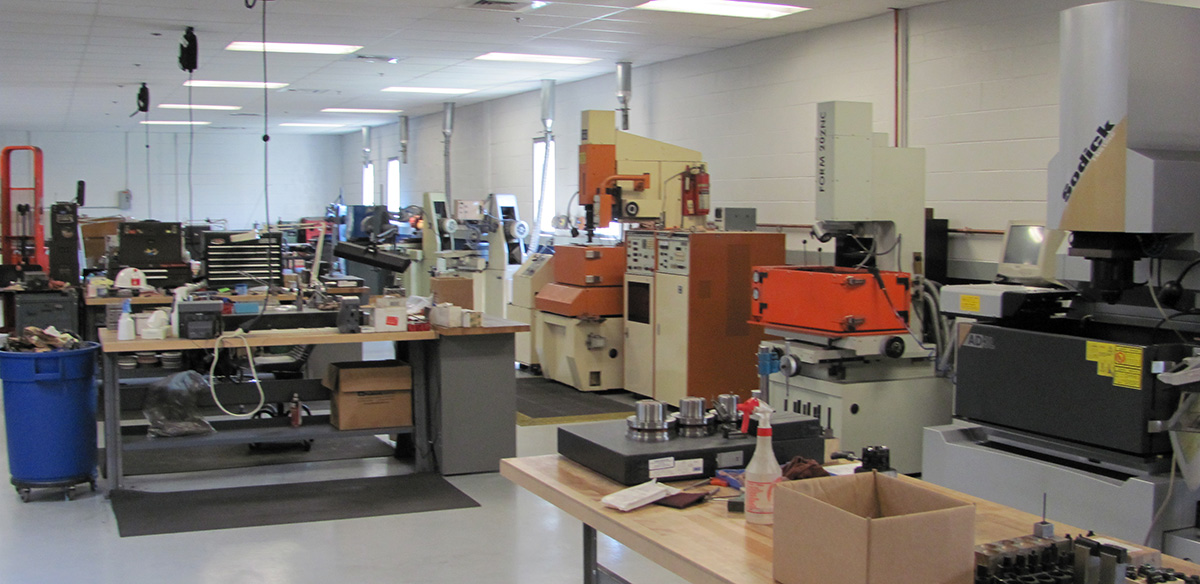If You Do Not Flex, You Will Break:
The more you resist change, the more uncomfortable you become when things change. So, when change occurs without notice, the more likely you are to crack, snap or just lose your mind. As social beings some of us become more and more rigid with our daily routines especially as we get older. The COVID-19 pandemic has now given us the ultimate test of our flexibility not only in our personal lives but in our business lives as well.
As many of us embraced this changed and adapted to a new business normal, the manufacturing industry faced its own set of challenges. As the demand for PPE supplies spiked overnight without warning, people scrambled trying to find a way to quickly ramp up production to manufacture needed supplies. Many companies were challenged with their flexibility and ability to quickly adapt to a new product line and ramp up volume. With larger global manufacturers this is very difficult to do as they have invested in an infrastructure designed with controls and processes locked in place for repeatable quality and low cost. These systems are designed for large scale production and typically not flexible enough to change and convert to manufacturing a new product line overnight. In the future maybe smaller is better when it comes to manufacturing. Costs may be higher but can be reduced in the long run when production is scaled up.
There are ways people can be innovative with finding simpler, less expensive and faster ways to produce goods but regulations and quality requirements play a major role in most industries today. Similar to a vaccine, any change made to a product or process has to go through rigorous and thorough testing to make sure the product can still be manufactured safely and effectively. A change is not limited to a major design change either. A change could be just a drawing specification, material or even supplier or brand of product you use in the supply chain. In many cases, the simplest changes can slow down or even halt production output even if the change is mandated or a necessary improvement to the product. Many times, there are no other options such as when a raw material used in the manufacturing process becomes obsolete or is no longer available.
In most cases, these obstacles can be overcome by applying risk assessment practices to determine how likely a particular change is to have an adverse effect on the product. Then decide what testing and how much testing is needed to reach a confidence level that everyone is comfortable with. That confidence level can be very different for different people. When you come right down to it, the end user really has the final say based on what they are willing to pay and how long they are willing to wait.
As we approach 2021 with multiple vaccines approved and starting nationwide distribution, we should all be grateful for the dedication, focus, hard work and flexibility of all the individuals who found a way to help conquer the worst pandemic in over 100 years. While everyone has different risk factors and their own individual tolerance for risk, it is only normal that some people may want to jump to the front of the line and some at the end of the line. No matter where you want to be in line, we wish you a happy, healthy and prosperous 2021.





